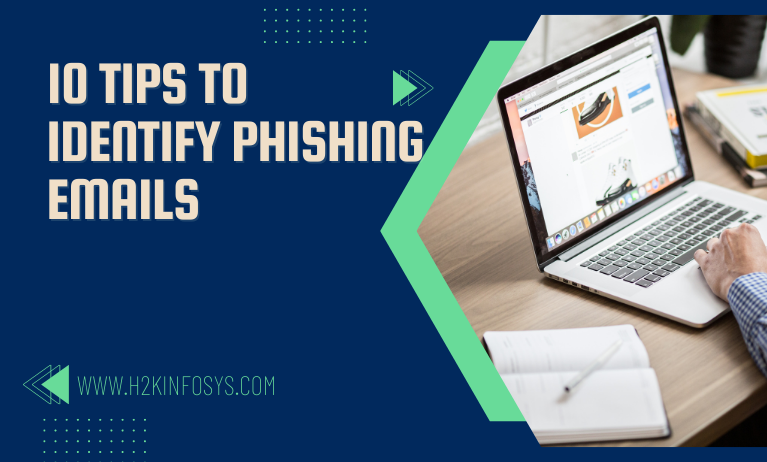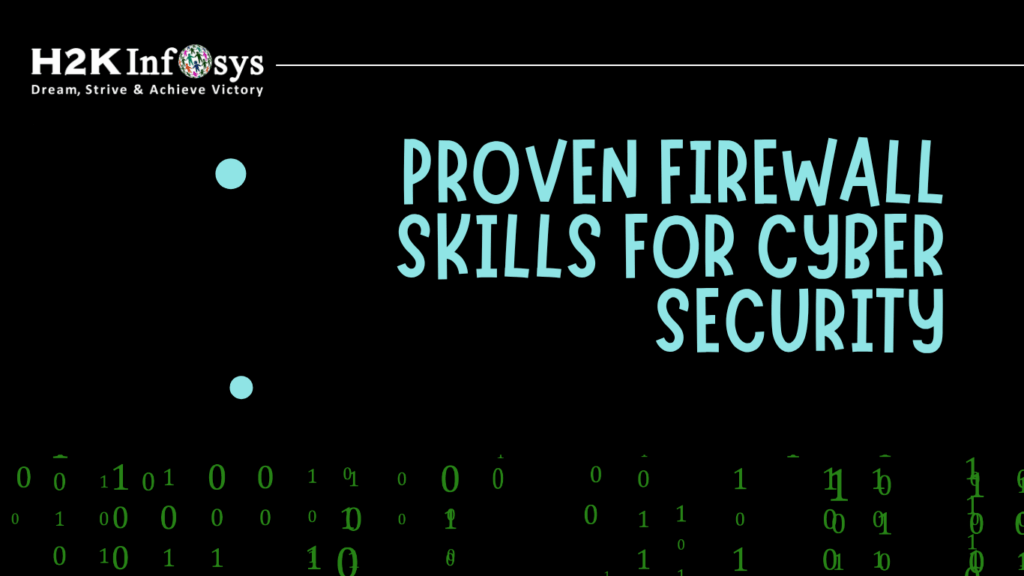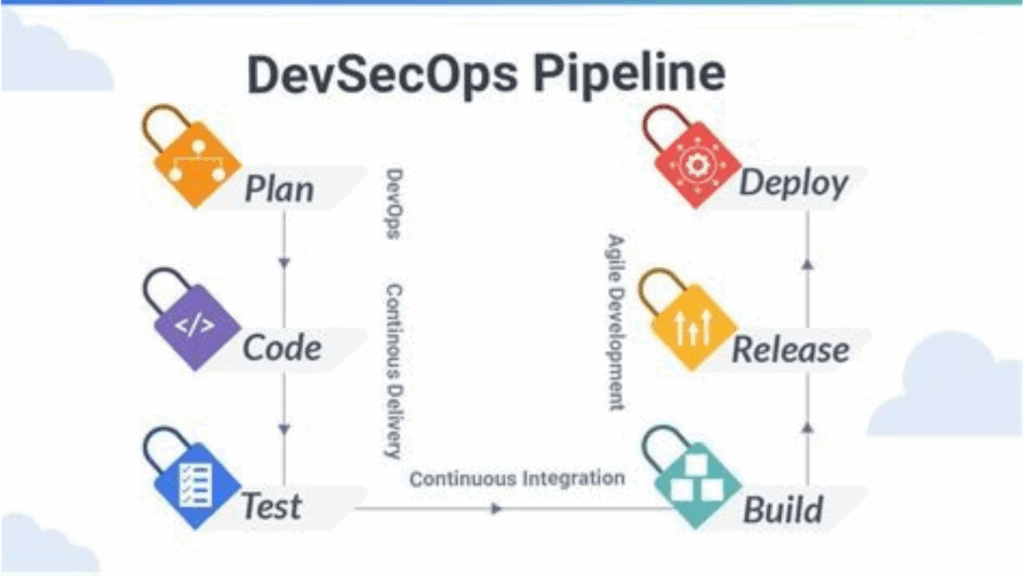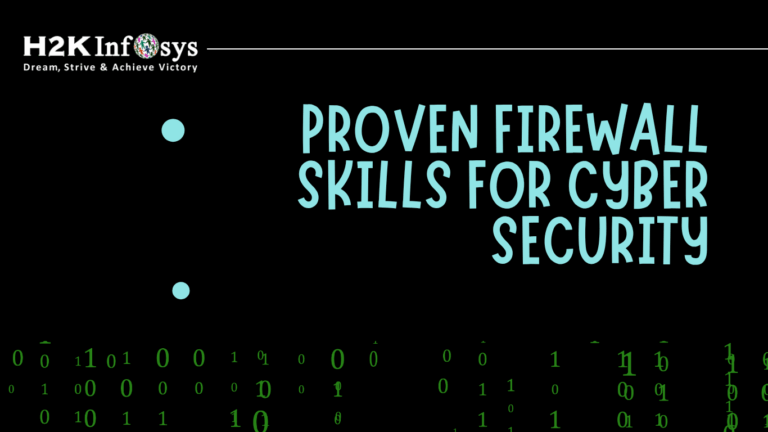Introduction
Have you ever received an email asking you for your password, ATM pin or other sensitive information? Or you click on an embedded link that takes you to an unofficial website. Chances are that it was a scam. Today, phishing emails have evolved from explicitly asking for sensitive details to more subtle methods. In this article, we will discuss some tips to identify phishing emails and not fall prey to cyber-attacks. Let’s begin by understanding what phishing is.
What is phishing?
Phishing is a tool used to invade privacy and conduct other malicious activities on an individual by cybercriminals. It is the fundamental duty of companies to protect the sensitive information of customers. However, individuals still fall for cyber threats and release their classified info such as passwords of their volition. According to statistics, over 80% of companies and individuals fell victim to phishing through several means in 2021. Now, more than ever, there is a pressing need to learn cybersecurity online to fully understand how to stop these cybercriminals in their track and prevent successful phishing.
Phishing is dreadful. It may wreck an entire company or rip an individual off their life savings. Let’s discuss ten things to look out for to identify phishing emails.
- Domain Name Error
Errors are bound to happen, but when it comes to information and the internet, it’s important to cross the Ts and dot the I’s. Whenever you get a notification of a new mail, the first things to be checked are the sender and domain names. Simply check through for mistakes in spelling and changes in names. If any of this is detected, then it may be a phishing email. Changes could be using an ‘l’ rather than an ‘i’ or swapping the places of two similar letters. You should always keep your eyes peeled.
In case you’re unsure about the right names, check through the internet to be sure before acting. Also, it requires careful checking because these criminals can be quite creative. If you’re right, it’s best to neglect the content and avoid clicking any attached link.
- Unprofessional Email Content
If you have checked through the domain name and detected any error, you can as well notice the organization of the mail content when trying to detect a phishing email.
You can easily decipher a professional touch in written content especially when it’s from a renowned company. Asides from the text organization, selling errors are something you shouldn’t expect in a professional mail because it must have gone through thorough scrutiny. So, when you read disorganized text with lots of grammatical and spelling errors, that;s a huge red flag. It may be a phishing email to lure you.
- Unnecessary Attachments and Links
It is often said that you need to be sure about an attachment before moving on to check through. One thing you should know about these criminals is that they think faster and deeper than others. With this, they can easily attach a document or link containing malware with the email. Therefore, ensure you know about a link or attachment regardless of the title before continuing to avoid losing important information. With your cybersecurity hands-on training, you’ll get a better understanding of detecting right from wrong links.
- Personal Information Request via Email
You may have come across an email requesting your details and even financial documents via emails. Companies send invoices through emails and cybercriminals are exploiting this. When you receive an invoice through a mail, particularly when a second mail comes with a few changes, contact the receiver to confirm which details are correct before sending. Of course, ensure you are sending the confirmation email to the right mail and not the fake.
Another way to identify a phishing email is when it contains a request to submit your sensitive information. Most times, legitimate companies do not request your details via email. When this happens, you need to be double sure before continuing.
- Generalized Names
If you’re related to a company, it is expected they have a bit of your basic information like name, address, etc. But when you receive emails addressing you as Dear Customer or Dear Friend amongst others, it is a suggestion that the mail may contain malicious content.
- Urgent Action Messages
Another way to identify scammers is through their call-to-action and incessant emails. When it comes to attacking you, these individuals act like it’s an urgent matter and will continue to disturb you for immediate action. Instead, take your time to read through before acting on any tasks.
Here is a rule of thumb. If you are unsure about an action, do not do it at that moment. Close the mail. Perhaps, show a friend and then check back the following day.
- Address of Sender
Most legitimate companies have domain names and won’t relate to you via random personal mail. This isn’t to say that when a company sends a mail through a personal address, it may be an attempt to phish. It all depends on the motive behind it, but before continuing check if it’s a generic address.
- Signature details
When you receive an email, another way to check for its genuineness is by checking for an email from the sender. Most times, you get this or more details to contact the person online or at work.
- Massive Reward for Little Effort
Phishers understand that most people want money especially when it comes after doing little or no work. Hence, there are lots of messages they send promising money for a little task. It’s a scam and just bait to lead you to their websites. So avoid it.
- Processing Fees Payment
You may have started the processing of a service or commodity, which may require payment of processing fees. But, one of the best ways to identify phishing emails is through this means. Most times, the sender receives the money and disappears. So, be careful before making payment to a single entity rather than the company involved.
Conclusion
There are more than 1000 ways to identify phishing emails and you can get more by enrolling in cyber security hands-on training. It’s interesting to know that as technology is advancing, these individuals are upgrading their skills and you need to do that as well by taking one of the best online courses on cybersecurity. Overall, ensure you check carefully. You can learn cyber security online to get a robust understanding of cyber threats, how to not fall for them, and how to build systems that can stop them.




























